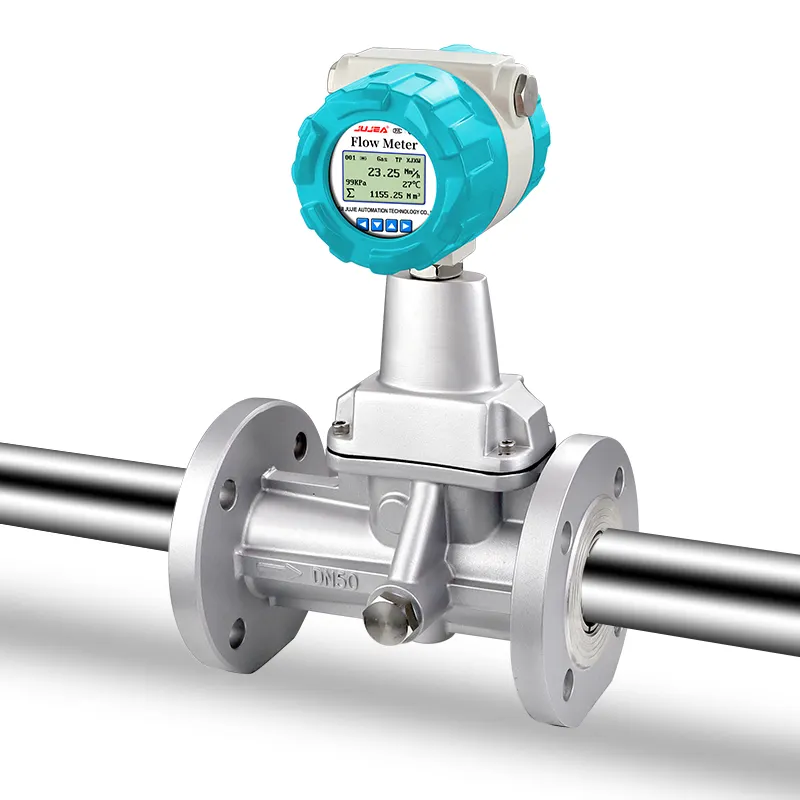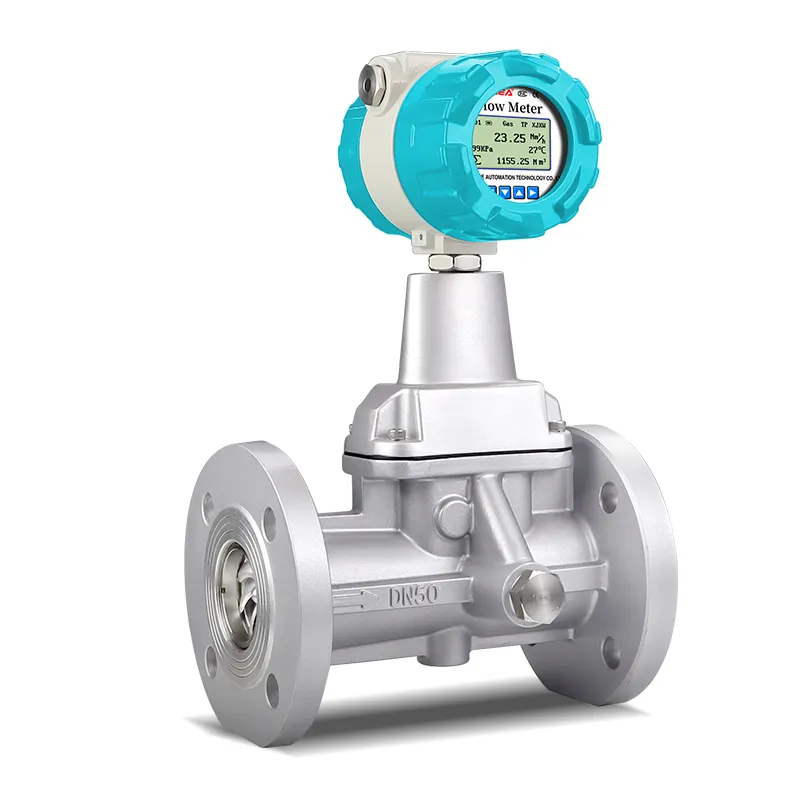Driving Efficiency in Fluid Measurement Systems
The oil and gas industry operates under extreme conditions where precision, safety, and efficiency are paramount. As global energy demand continues to rise, the need for accurate measurement and monitoring systems becomes more critical than ever. One tool at the heart of these systems is the flowmeter. With rapid technological advancement, flowmeter solutions have evolved to meet the unique challenges presented by upstream, midstream, and downstream operations.
Modern flowmeter technologies are no longer just about volume tracking. They are integrated components of intelligent systems that offer real-time insights, predictive maintenance alerts, and seamless connectivity with enterprise platforms. These innovations are redefining how oil and gas facilities manage resources, reduce waste, and comply with regulatory standards.
Integration of Smart Technologies
Digitalization and IoT Connectivity
The integration of Internet of Things (IoT) capabilities has transformed the way a flowmeter functions in oil and gas facilities. Today’s flowmeter models are equipped with wireless communication modules, enabling them to send real-time data to centralized control systems. This allows operators to monitor flow rates remotely and make adjustments in real time without manual intervention.
IoT-enabled flowmeter systems can also communicate with cloud-based analytics platforms, supporting long-term data storage and machine learning-driven analysis. As a result, companies can identify inefficiencies or abnormalities in fluid systems early, reducing the risk of downtime or system failure.
Edge Computing and Real-Time Processing
Another innovation reshaping the flowmeter landscape is edge computing. Rather than sending raw data to distant servers for processing, smart flowmeter units now include embedded processors that can analyze data at the point of measurement. This results in faster decision-making, better local control, and reduced latency.
In remote oilfields or offshore platforms, where internet connectivity may be inconsistent, edge-enabled flowmeter units ensure that flow data remains accurate and actionable. This real-time analysis improves operational safety and allows for immediate corrective actions when anomalies are detected.
Advanced Sensing and Material Technologies
Multi-Variable Flow Measurement
Traditional flowmeter designs typically focus on a single parameter, such as volumetric or mass flow. However, recent innovations have enabled multi-variable measurement within a single flowmeter device. These advanced systems can now simultaneously measure flow rate, pressure, temperature, and density, offering a comprehensive overview of process conditions.
By consolidating multiple sensors into one device, these advanced flowmeter models reduce installation costs and improve data reliability. This is especially valuable in high-pressure environments where minimizing potential leak points is crucial.
Corrosion-Resistant and High-Durability Materials
The harsh environments of oil and gas operations demand robust flowmeter construction. Innovations in material science have led to the development of corrosion-resistant alloys and protective coatings that extend flowmeter lifespan in chemically aggressive or abrasive flow conditions.
Titanium, duplex stainless steels, and specially engineered polymers are now widely used in flowmeter manufacturing. These materials help devices maintain performance despite exposure to sour gas, high salinity, or high temperatures, reducing replacement frequency and lowering total cost of ownership.

Enhanced Measurement Accuracy and Reliability
Ultrasonic and Electromagnetic Technologies
Modern flowmeter models often incorporate ultrasonic or electromagnetic measurement principles to enhance accuracy. Ultrasonic flowmeters use high-frequency sound waves to calculate flow velocity, offering high precision with minimal pressure drop. These are particularly useful in gas pipeline monitoring where non-intrusive measurement is essential.
Electromagnetic flowmeters, on the other hand, are ideal for conductive fluids like slurries or crude oil. They offer long-term stability and accuracy, even in applications where particulate matter or flow turbulence would affect mechanical meters. Both types of flowmeter reduce maintenance needs and provide consistent performance over time.
Self-Calibration and Predictive Diagnostics
To reduce human error and improve reliability, many new flowmeter designs feature self-calibration and built-in diagnostics. These systems can automatically adjust to changing process conditions and alert operators of wear, drift, or potential failure before they occur.
Predictive maintenance capabilities enabled by these intelligent flowmeter systems help companies avoid unscheduled downtime and extend the service life of their assets. Operators gain more confidence in the measurement data and can comply more easily with audit and reporting standards.
Operational and Environmental Benefits
Reduced Energy Consumption
With better flowmeter precision and real-time data availability, oil and gas facilities can optimize pump speeds and valve positions to minimize energy use. Accurate flow measurements help prevent over-pumping and reduce friction losses in pipelines, resulting in more sustainable energy management.
This not only decreases operational costs but also supports corporate sustainability goals. By integrating high-efficiency flowmeter units, operators can significantly reduce carbon emissions associated with fluid transportation and processing.
Compliance with Environmental Regulations
Modern flowmeter technology also assists companies in meeting environmental standards. Accurate flow monitoring ensures correct reporting of emissions, wastewater discharge, and chemical injection volumes. In jurisdictions with strict environmental policies, flowmeter data plays a vital role in demonstrating compliance.
Real-time alerts and historical records generated by advanced flowmeter systems provide transparent documentation that can be easily audited. This reduces regulatory risk and enhances a company’s reputation for environmental responsibility.
Future Directions for Flowmeter Innovation
Integration with AI and Machine Learning
Artificial intelligence is the next frontier in flowmeter technology. By combining flowmeter data with machine learning models, oil and gas operators can predict flow anomalies, forecast equipment wear, and optimize system performance proactively.
This AI-driven approach allows for dynamic process adjustments based on learned behavior patterns rather than fixed thresholds. As machine learning becomes more accessible, flowmeter systems will act not just as measuring devices but as active participants in process optimization.
Customization for Niche Applications
As oil and gas operations grow more complex, there is increasing demand for custom flowmeter solutions. Innovations in 3D printing and modular sensor design now allow manufacturers to build flowmeter systems tailored to specific pipeline configurations, chemical properties, or geographic conditions.
These bespoke flowmeter solutions provide better performance and reduce the need for retrofitting or compromise. In high-value environments such as deepwater exploration or LNG production, tailored solutions enhance measurement integrity and improve overall operational safety.
Frequently Asked Questions
How does a flowmeter improve oil and gas operations?
A flowmeter provides accurate and reliable measurement of fluid flow, allowing operators to optimize processes, reduce waste, and maintain regulatory compliance. It plays a key role in system efficiency and safety.
Are smart flowmeter models compatible with existing control systems?
Yes. Most modern flowmeter models are designed with standard communication protocols, making them compatible with SCADA, PLC, and DCS systems commonly used in oil and gas facilities.
What maintenance is required for flowmeters in harsh environments?
Maintenance needs depend on the flowmeter type and application. However, many advanced models include self-diagnostics and corrosion-resistant materials, reducing the frequency and complexity of maintenance.
Can a single flowmeter measure multiple parameters?
Yes. Many recent models support multi-variable measurement, capturing data such as pressure, temperature, and density along with flow rate, enhancing process control and insight.

